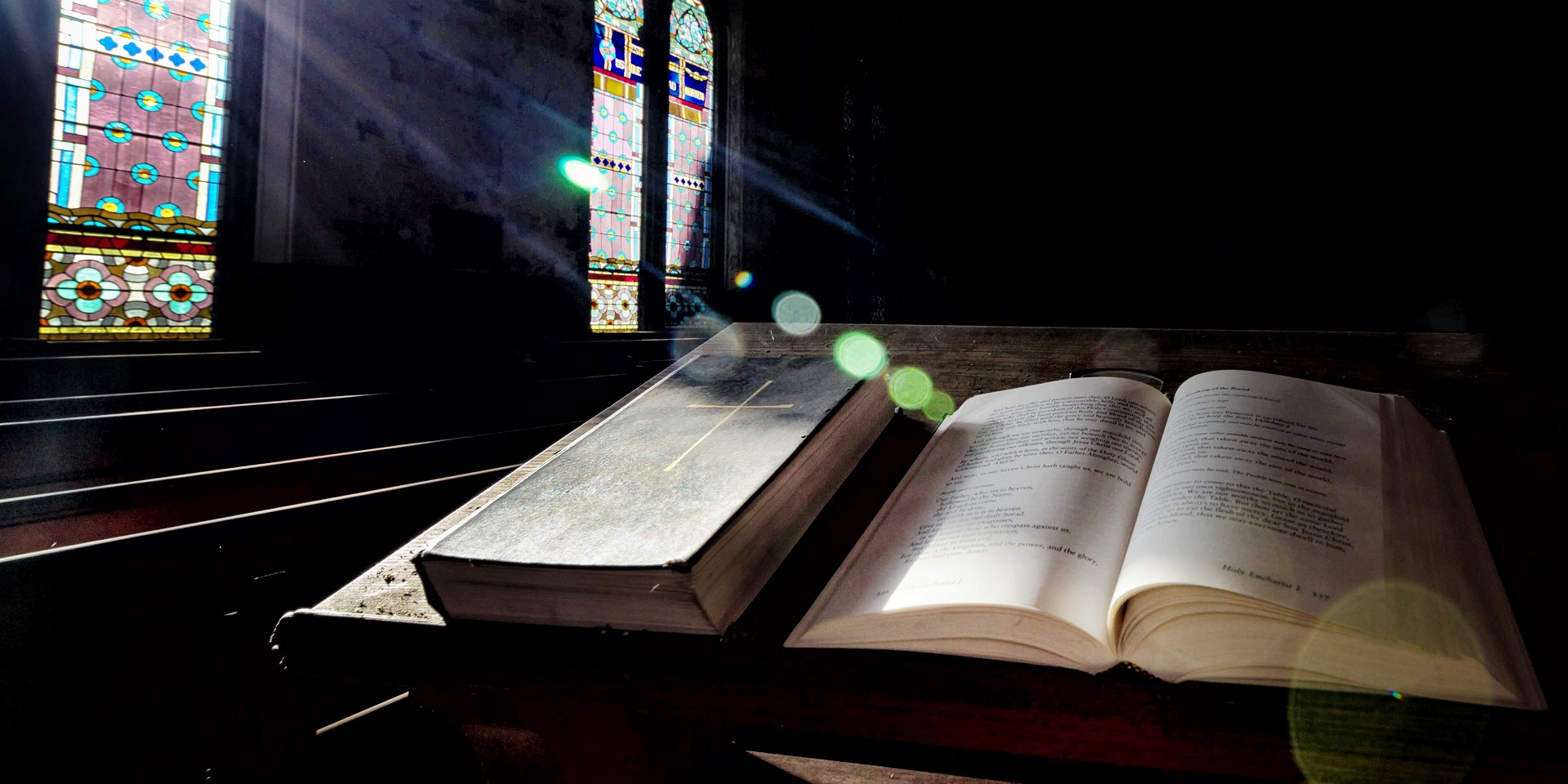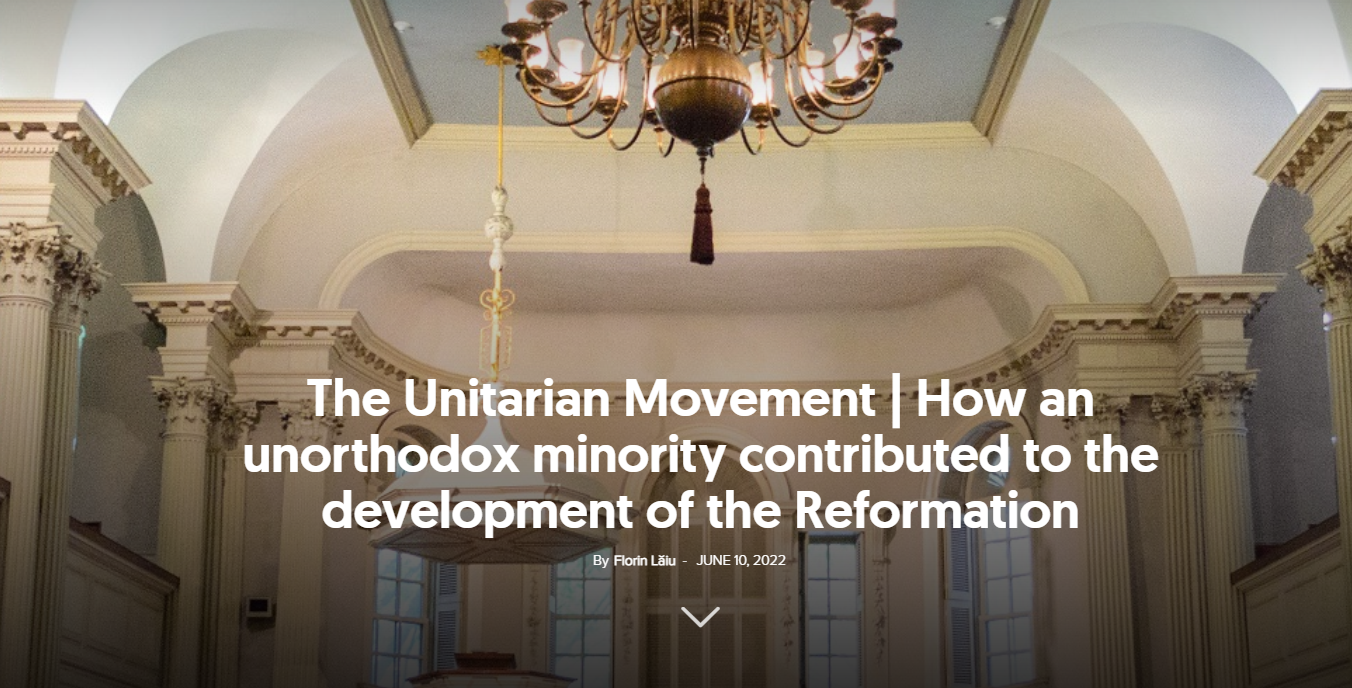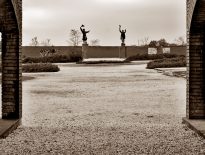Pietism was a movement of spiritual revival that took place between the seventeenth and nineteenth centuries mainly in Germany and Bohemia.
Although in the graphic symbol of both great magisterial reformations (Lutheran and Calvinist), the heart occupies a central place, a century and a half after the beginning of the Reformation, the affective dimension of faith was about to disappear. Among many followers of the Protestant Reformation, the joy of freedom in Christ, the enthusiasm of faith, and the warmth of the community were memories of past generations.
In the early 1600s, in the Netherlands, against the backdrop of a strong financial influx generated by maritime trade, a deterioration of the experience of Christian principles occurred. At that time, the church was more concerned with doctrinal debates (debates between Calvinists and Arminians on the subject of predestination and the exact articulation of the confessions of faith) than with pastoral assistance.
To quench the thirst for controversy, some pastors and chaplains had to be threatened with delays in receiving their salaries.
This moving away from the pastoral and spiritual mandate indicated the need for revival and reform. Gisbertus Voetius (1589–1676) was the first to speak out against these excesses and “worldliness.”[1] He proposed that his students gather in small private and informal groups to study the Bible, to be spiritually edified, and to resist the influence of the “world.” Along with him, Johannes Cocceius (1603–1669) and Willem Amesius (1576–1633) articulated a theology opposed to scholastic intellectualism.
The latter asserted that dogmatics and ethics were one, and theology was not the science of God, but “the doctrine of living for God.” According to him, in order to understand the Bible, one needed to experience conversion and spiritual rebirth. The pastor and theologian Jacob Lodensteyn (1620–1670) would also oppose the light morals and dry rituals of the church by constantly preaching the need for repentance and conversion. From his perspective dogmatics that would not generate a life transformation was useless.[2]
These themes would soon spread to neighbouring Germany, where the Lutheran community met similar needs, as evidenced in the writings of the time. Heinrich Müller denounced cold formalism and advocated the development of engaging worship (his sermons were to become the text of J.S. Bach’s St. Matthew Passion oratory).
The father of pietism
Devotional works[3] called for the recovery of Biblical piety and of faith expressed through daily practice. This call would culminate in Philipp Spener’s Pia Desideria (“Pious Desires”) (1635–1705). Three years later, Spener translated it into Latin to broaden its influence, and Pia Desideria came to give the movement its name. Spener was named the father of Pietism.
The book criticises “caesaropapism” (the influence of politics in religious life), but also the lack of practising the faith and of support for the cause of the Gospel among politicians. In particular, Spener criticises the concern for a highly dogmatic and apologetic orthodoxy, coupled with the tolerance of vices among the Lutheran clergy. The book disapproves of alcohol consumption, lawsuits, unscrupulous business, and lack of concern for the common good. Spener points out that these errors are not doctrinal, but are related to an imbalance in the perception of the divine-human nature of the church.
To counter ritualism and the “mechanical” practice of religion, Spener proposes the re-enthronement of God’s Word in a way that vitalizes faith.
For Spener, practising a living faith meant actualizing the Biblical theme of the effort for a life lived vertically, with the goal of moral sanctification built on the foundation of justification by faith.[4]
The final part of the paper, in which Spener makes concrete proposals for restoring the balance of piety and practice, had the greatest impact. The first proposal is to give priority to Bible reading—both at home and at church. Every head of the household should have a Bible or at least a New Testament from which to read daily. At the end of this section, he introduces the collegia pietatis, as informal Bible study groups, outside the liturgical framework.
Spener affirms the need for the practical restoration of the universal priesthood of all believers and the empowerment of lay people to coordinate such groups. The penultimate concrete proposal is the constant practice of Christian love. At the end, he points out the lack of relevance of the theological polemic techniques in which young pastors were versed and the need for a more practical pastoral training. For this purpose, he suggests that courses be taught in small groups, which would rather abound in “how to” experiences and less in the cultivation of erudition, with the aim of training pastors for a preaching and pastoral ministry that would bring spiritual transformation.
Spener’s proposals were generally well received. The firmness of his proposals for church discipline was criticised, as well as the appeal to some mystical writings. Nevertheless, Spener’s mission was to restore the spiritual balance inspired by Johann Arndt and Martin Luther. In almost all Protestant contexts it had reached, Pia Desideria was considered a legitimate call for reform. His disciple, August Hermann Francke (1663–1727), a professor of Biblical languages and theology at the University of Halle, full of missionary zeal, tried to maintain this foundation as he sought to approach the world as a missionary.
Francke placed greater emphasis on the experience of conversion, believing that doctrine is relevant only if it relates to life in a concrete manner, focusing on education for practical godliness and Christian benevolence.
Francke’s colleagues systematised Spener’s ideas into what was identified as Pietism.[5] Spener’s influence extended to the court of Danish King Frederick IV too. Pietism also contributed to the revival of the Moravian Church (Moravian Brethren) and to the emergence of Protestant Pietist missionary societies,[6] which inspired the Moravian ones.
In turn, the Moravian Brethren influenced the Methodist Movement in Britain in the eighteenth century. John Wesley (1703–1791) was connected with the Halle Pietism. The fruits of this influence can also be seen in the American policies of temperance (the movement to criminalise alcohol consumption) in the eighteenth century and in the high ethical rigour of the peace churches (the Moravian, Mennonite, and Quaker churches).
Pietism after the eighteenth century
The emphasis on practice, to the detriment of thorough theological studies, however, made Pietism vulnerable to the subsequent assaults of the Enlightenment and Rationalism, and after 1750 Pietism entered a shadow cone. The collegia pietatis have become separate groups within the church and have come to undermine the wider church community. Subjective reading of Scripture has led to the individualization and privatisation of the religious experience.
The emphasis on diversity and tolerance has allowed the development of movements and tendencies that were substantially different not only in practice, but also in theology. The excessive emphasis on conversion and personal transformation has led to a sometimes-elitist separatism from the rest of society—the rejection of worldly practices has not always been accompanied by a sanctifying alternative. It must be said, however, that these were rather the results of abandoning the balance desired by Spener.
Nordic spirituality was strongly marked by Pietism in the eighteenth and nineteenth centuries. There are many examples, but we will refer to Carl Olof Rosenius (1816–1868), a travelling preacher who awakened Sweden and whose influence would manifest itself in the religious revivals of the Midwest region of the United States. Also worth mentioning is the Norwegian Hans Nielsen Hauge (1771–1824), who, in addition to the religious awakening of Norway, contributed significantly to its industrialization. His working principles are still being studied. Last but not least, Barbara von Krüdener (1764–1824) would be effective in converting Tsar Alexander I of Russia and in creating the Holy Alliance between Russia, Austria, and Prussia in 1815.
Although Pietism later replaced the centrality of justification with sanctification and objectivity with subjectivity, thus losing its potential for reform, it has remained influential in the following centuries: in the Neopietism of Friedrich August G. Tholuck (1799–1877), in Germany, and Samuel Schmucker (1799–1873), in America; in the theological school in Erlangen; in the writings of Johann Wilhelm Herrmann (1846–1922), who was the teacher of Karl Barth and Rudolf Bultmann, and (most recently) in the charismatic and church-developing movement among American Lutherans.
In each of these periods a cultural and societal emphasis existed that sought an alternative to Rationalism (or Scholasticism) in order to return to a more balanced earlier era.
Laurenţiu Nistor notes with appreciation the renewal of Protestantism through the Pietist awakening to a living, missionary, rigorous, and relevant faith—for people both close and far away.




















